July 2020: Latest stats, EV updates, Ofgem and Australian news!
Hear all about it!
We have got off to a great start with our free summer webinar series, by first hearing about energy and the literature of moral dilemmas, and smart local energy solutions! All the recordings are, and will be, available here.
Please join us for our next events on Wednesdays, between 11am to 12pm (UTC+1). The links below are either to the recording of a past event, or booking form for a future event.
- Wed 15 July – Electric vehicles: broadening access and supporting electricity networks Sivapriya Mothilal Bhagavathy (University of Oxford) and Esther Dudek (EA Technology)
- Wed 05 August – Energy access versus reliability: opportunities and challenges in Sierra Leone Hindolo George-Williams & John Rhys (University of Oxford) and Kelcise Vidal Sesay (Sierra Leone Electricity and Water Regulatory Commission)
- Wed 19 August – Current challenges of renewable energy: integration in China with José Maria Valenzuela (University of Oxford) and Dr Hao Zhang (Chinese University of Hong Kong)
- Wed 02 September – Achieving Net Zero with Malcolm McCulloch (University of Oxford) and Eric Brown (Energy Systems Catapult)
- Wed 16 September – Energy efficiency in a post-lockdown world: Earthshot not Moonshot Nick Eyre (University of Oxford), Paul Massara (Member of the Government’s Committee on Fuel Poverty) and Andrew Wright (University of Durham)
- Wed 30 September – Seizing the opportunity to raise hydrocarbon taxation with Daniel Hardy (St Antony’s College, Oxford) and William Todts (Transport & Environment)
Registration is via Eventbrite and the webinars are run using Zoom.
The latest renewable stats
The UK government has released data covering renewable electricity generation from January to March 2020 (Q1). They show that total renewable generation increased by 30% compared to Q1 2019; a record increase.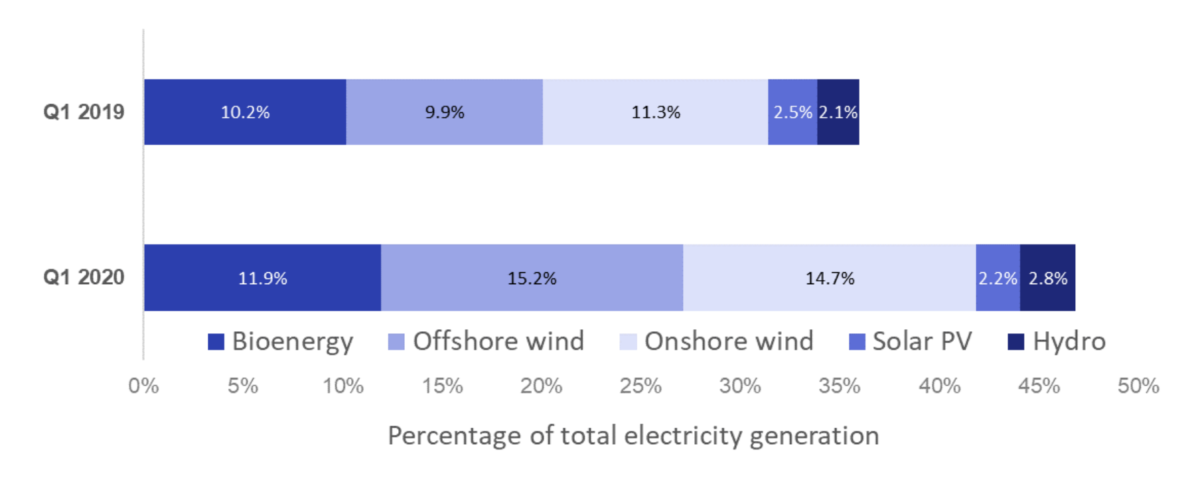
47% of the electricity generation in Q1 2020 came from renewable energy. Of this amount, offshore wind contributed 32.4%, onshore wind provided 31.4%, 25.5% came from bioenergy, 6% from hydro and 4.7% from solar PV.
This increasing contribution was due to improved capacity factors and an increased capacity of 5.2% compared to Q1, 2019 Q1, mostly from new offshore wind.
The released data also shows progress towards the target set by the 2009 Renewable Energy Directive namely for the UK to achieve 15% of its total energy consumption from renewable sources by 2020 (i.e. not just electricity). To date progress has been higher than expected, with 2019 being no exception.
As well as the increased renewable electricity contribution above, progress has been achieved by the increase in liquid biofuels consumed by transport: 53% more than Q1, 2019.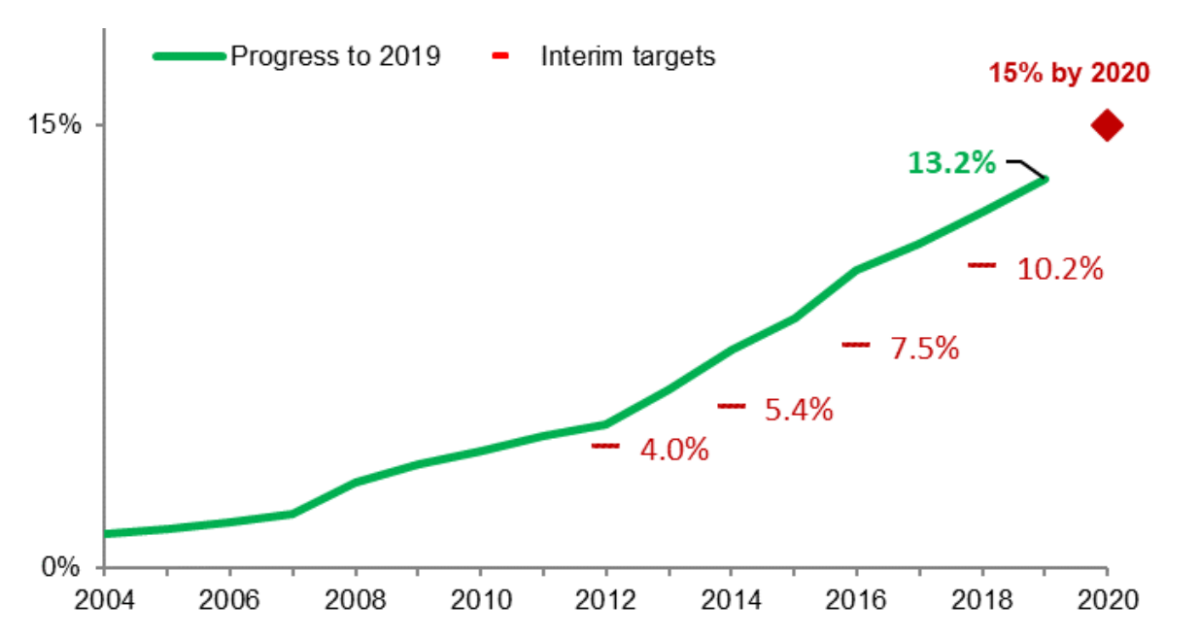
EV News
More public rapid chargers are needed to give drivers the confidence to switch to electric vehicles!
This is particularly true at key locations such as motorway service areas where existing options are limited. Good news then from Western Power Distribution, the district network operator for the Midlands, South West and South Wales.
Its “Take Charge” project is at the stage will start rolling out new charging technology, which the company says will mean it is cheaper to build multiple chargers at any site. It is starting this process at the Moto Services in Exeter, installing 40 chargers by March 2021. If the trial is successful it will roll out the technology to other areas.
Motorway service areas are supplied either directly via the local low voltage networks or via a distribution substation connected to the 11kV network. However, installing rapid EV chargers in these locations needs a capacity that traditionally would require expensive upgrades such as a new 11kV substation with all the associated equipment.
For Take Charge, WPD will trial a ‘one size fits all’ solution that will enable multiple rapid car and van charging at peak times without the need for new infrastructure upgrades. It will therefore will be much more cost and time effective, cutting costs by around £500k per site. The technology can provide up to 20MVA – enough capacity for the installation of 40 new rapid chargers.
Looking across the UK, new government money via the Rapid Charging Fund aims to see the installation of at least six high-powered charging points at all motorway service areas in England by 2023. The fund targets those sites where upgrading connections is “prohibitively expensive and uncommercial”. The new chargers must be easy to use, accept debit or credit cards, support all EV types, be available 99% of the time, and have 24/7 customer care.
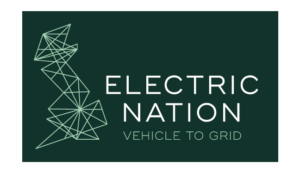 Do you drive a Nissan EV with a minimum battery capacity of 30kWh, have your own driveway, and live in the Midlands, South West or South Wales?
Do you drive a Nissan EV with a minimum battery capacity of 30kWh, have your own driveway, and live in the Midlands, South West or South Wales?
Then you may be interested in the new domestic vehicle to grid (V2G) project being launched by WPD. This is the next phase of its Electric Nation project to explore the use of EVs to power homes and to support the electricity network.
In our webinar on 15 July, Esther Dudek will speak about Electric Nation first project that was about smart charging. This project has concluded and the V2G trial is the next stage.
WPD think V2G could have even more of a positive effect on energy use than smart charging. This is due to the ability to link EVs together and put energy back into the grid at peak times. Acting as a decentralised power station, this will reduce the grid’s need for additional energy generation, and infrastructure upgrades. This trial will use up to five different energy suppliers instead of just one, meaning that the data and findings will be more realistic of a future world situation.
Click here to find out more and to see if you can participate!
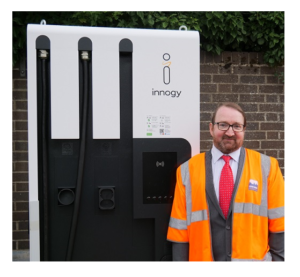 Energy Superhub Oxford (ESO), the £41m demonstrator project, has installed its first electric vehicle charging points.
Energy Superhub Oxford (ESO), the £41m demonstrator project, has installed its first electric vehicle charging points.
The aim of the project is to eliminate 10,000 tonnes of CO2 emissions a year by 2021. This will be achieved by installing a very large, hybrid battery energy storage system, encouraging the uptake of electric vehicles (EVs) in Oxford, and by implementing electric heating in over 300 properties.
The vehicle chargers were installed at a depot used by Oxford Direct Services, ODS, the company owned by Oxford City Council which delivers the Council’s statutory services such as recycling, street cleaning, road repairs and more. ODS wants to make a quarter of its 330 fleet vehicles electric. In 2020 the company plans to introduce 34 new electric vehicles including cars, a street sweeper, an excavator, vans, and a refuse collection vehicle.
A next step is to connect the chargers directly to ESO’s EV charging network which will be optimised alongside the world’s largest ever hybrid battery. The hybrid battery comprises a 2MW/5MWh flow battery and a 50MW lithium-ion battery. This will help deliver the power needed for more rapid EV chargers around the city, and the the 300 ‘shoebox’ ground source heat pumps that the project plans to install.
Energy and transport in Africa and South Asia 
Across the world, the transition to low-carbon vehicles is vital in mitigating climate change. What are the decarbonisation challenges for energy and transport in Africa and South Asia?
This is the focus of a State of Knowledge report by researchers at the Energy Power Group of the University of Oxford: Katherine Collett, Maximus Byamukama, Constance Crozier and Malcolm McCulloch.
In low- and middle-income countries, such as those in Africa, road transport is often the most dominant mode of motorised transport–in Africa accounting for 80% of cargo and 90% of passenger traffic. Decarbonising road transport is vital as rapid urbanisation, economic growth, and exponential population growth is expected, causing substantial increases in transport emissions. It can also improve local urban air quality.
Decarbonising transport will also provide economic benefit. Over half of all African countries subsidise fuel to protect consumers from the high costs. By reducing country dependence on imported fossil fuels, many political and economic advantages can be realised. India has already ceased diesel subsidies in a government-led backing of vehicle electrification.
The report considers the technical options for decarbonising transport: biofuels, fuel cells and electrification. The researchers conclude that EVs would be the most appropriate low-carbon road-transport alternative for Africa and South Asia. The report sets out pathways to electrification, the financial payback time for electrifying vehicles by retrofit, and the potential impact on the power system.
Ofgem’s announcements
Register of assets
On 1 July, Ofgem called on Distribution Network Operators (DNOs) to compile a public standardised register of all assets connected to their networks above a capacity of 1 MW, and also connections over 1 MW. This covers Distributed Energy Resources that are connected to or have an agreement to connect to the networks and influence the operation of the GB power system.
The purpose of this is to help achieve the goal of transparent electricity system data, collection, and sharing. The databases will help give more visibility to existing assets and help co-ordinate a more flexible and efficient energy system. Each DNO database will likely be consolidated into a national registry.
RIIO
On 9th July, Ofgem declared its draft determination of energy companies’ business plans for the RIIO-2 five-year investment programme, which spans 2021-2026. ‘RIIO’ is the name for network price control process: Revenue=Incentives+Innovation+Outputs.
Like water infrastructure, the UK energy network is privately owned. While you, as a customer, can change the supplier of the energy, you cannot change the operator of the energy network. This is because the physical infrastructure is owned by a single company for a given area. Therefore the network price control process is a way for the energy regulator to ensure fairness given this monopoly structure and absence of market competition, balancing the need to attract investment and generate revenue against customer bills.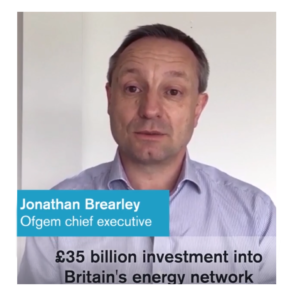
In its draft determination, Ofgem have set out its proposals “for a five-year investment programme of £25bn, with potential for an additional £10bn or more, to transform Britain’s energy networks to deliver emissions-free green energy for GB, whilst cutting the cost of this investment for consumers”.
Ofgem, has removed £8bn from the networks’ spending plans, and limited returns on equity to 3.95%, which is half of the current level. It states that the is still a good result for the industry, while protecting customers.
However the reaction from the energy industry has been less than positive stating that investors, needed to enable decarbonisation and fund upgrades to our energy network, will be put off by this level of return on capital. In response to Ofgem’s declarations, the National Grid commented that it “leaves us concerned as to our ability to deliver resilient and reliable networks, and jeopardises the delivery of the energy transition and the green recovery.”
Australia goes 100% renewable! In places…
Australia’s energy infrastructure: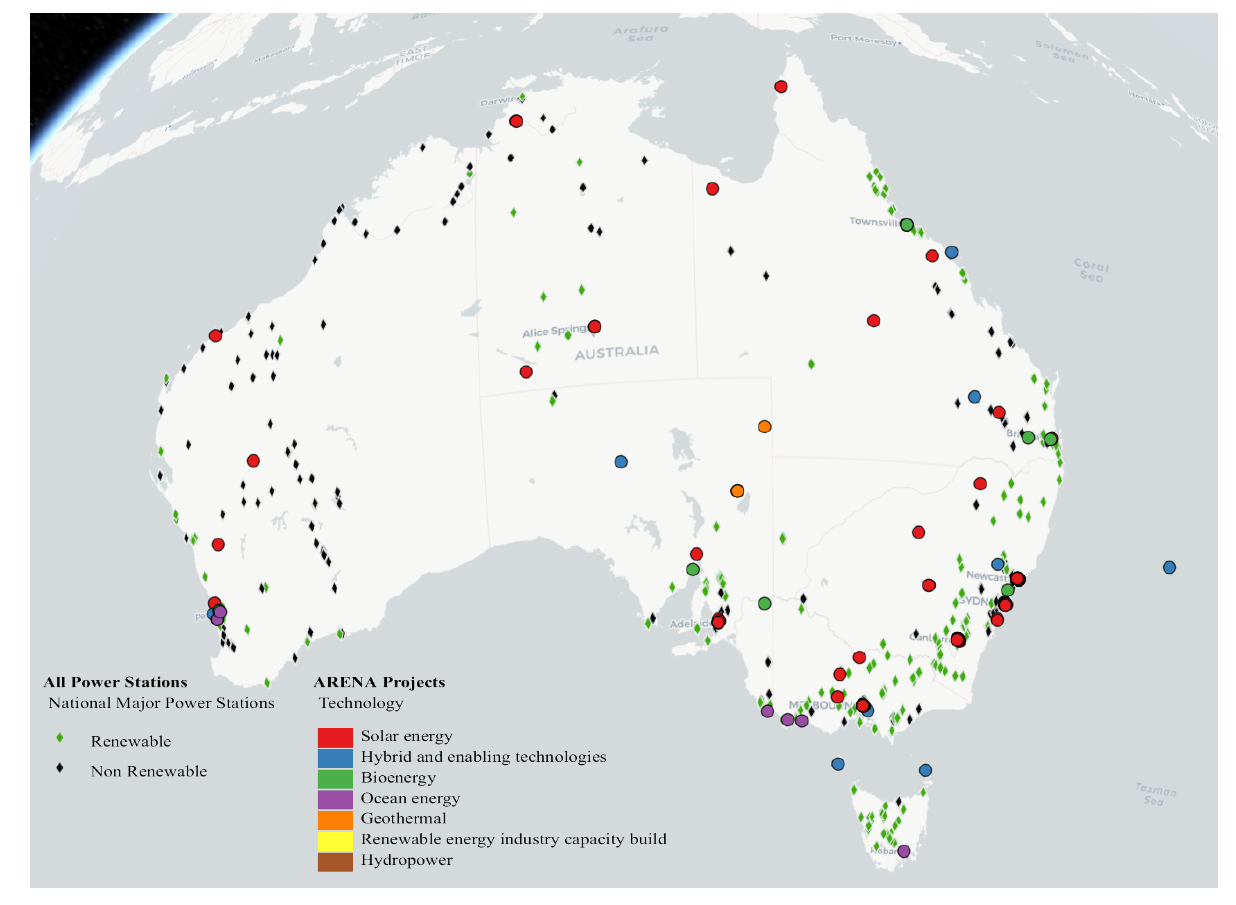
On 1 January 2020, the Australian Capital Territory (ACT) became officially powered by 100% renewable electricity. This meant that Canberra, Australia’s capital city, was the first major region in the Southern Hemisphere to purchase all its energy from renewable sources. It does this by purchasing renewable energy from solar and wind farms spread across the ACT and other states, together with domestic solar panels and from other accredited sources.
This has the added benefit of supporting farmers who host wind turbines and solar panels on their land. It gives them with an additional income stream, which provides some economic insulation from the devastating effects of droughts.
The Territory says the move to 100% renewables has cut emissions by 40% below 1990 levels and it is now chasing a target to be carbon neutral by 2045. It is now focusing on reducing emissions from transport by adopting electric vehicles; getting off gas will be harder.
On 8 July, the Australian Renewable Energy Agency (ARENA) announced $2.4 million in funding to demonstrate vehicle-to-grid (V2G) services, with Canberra set to host one the largest demonstrator trials in the world.
This two year project, called the REVS project (Realising Electric Vehicles-to-grid Services) will involve 51 Nissan LEAF EVs, part of the ACT Government fleet, to provide Frequency Control Ancillary Services to the National Electricity Market – the first time this has ever happened.
Project participants will be paid to plug their electric vehicles into the national electricity grid. In exchange, the vehicles will allow the national grid operator to draw upon their batteries in the rare moments that the grid is on the brink of a blackout.
Following Canberra, from 1 July 2020, Sydney, the largest city in Australia, became officially powered by 100% green energy. This was achieved via a ten year power purchase agreement (PPA) of over AU$60 million with electricity retailer Flow Power. This covers all city-owned properties such as libraries, community halls, town hall, office buildings, parks, pools and 23,000 street lights.
While this is thought to be the biggest agreement of its kind by a council in Australia, the deal that is expected to save AU$500,000 every year. Approx 75% of the City’s power will come from the Sapphire Wind Farm, and the rest from the Bomen Solar Farm, and Shoalhaven Solar Farm.
Elsewhere on 10 July, New South Wales launched its second renewable energy zone to attract 8,000 MW of renewable generation capacity, nearly equivalent to the state’s entire fleet of coal-fired power plants.
This capacity is much higher than the 3,000 MW target of the first zone. It was increased as the latter received registrations of interest that equated to nine times the target.
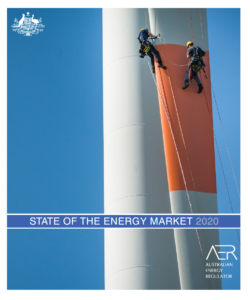 Australia’s existing coal fired power plants are ageing. Few are being replaced: over 93% of investment since 2012–13 has been in wind and solar, according to the Australian Energy Regulator’s report “State Of The Energy Market 2020”. The cost of renewables has been falling – with new solar farms costing half of new coal power plants – but securing grid access has been difficult. Indeed the State of the Energy Market Report state that investment slowed from mid 2019, due to technical issues associated with integrating new plant into the system. To help resolve this issue, coordinated planning reforms aim to better integrate renewable plant, rooftop solar PV, demand response and battery storage into the system, with a focus on ensuring the transmission grid can meet transport needs.
Australia’s existing coal fired power plants are ageing. Few are being replaced: over 93% of investment since 2012–13 has been in wind and solar, according to the Australian Energy Regulator’s report “State Of The Energy Market 2020”. The cost of renewables has been falling – with new solar farms costing half of new coal power plants – but securing grid access has been difficult. Indeed the State of the Energy Market Report state that investment slowed from mid 2019, due to technical issues associated with integrating new plant into the system. To help resolve this issue, coordinated planning reforms aim to better integrate renewable plant, rooftop solar PV, demand response and battery storage into the system, with a focus on ensuring the transmission grid can meet transport needs.
The NSW State will spend $79 million to accelerate the new grid connections needed, levering expected private investment of $12.7 billion, plus 2000 construction jobs and 1300 ongoing jobs. The renewable development also has the backing of the Narrabri local people.
Words, words, words
In this regular feature, we shine a light on words used in energy circles. Last month, we featured The Balancing and Settlement Code. This month: the social cost of carbon.
The social cost of carbon (SCC) is a measure of the economic harm from climate change, expressed as the value of the damages arising from emitting one ton of carbon dioxide into the atmosphere. We need something like the SCC to express the negative impacts of plans and activities. It helps decision making and justifies implementing climate change mitigation and adaption measures. The cost is not the same over the world however: each country set its own SCC.
A 2019 study showed vast difference across the globe, highlighting the global and inequitable effects of climate change. The study included this chart which compares a country’s social cost of carbon to its share of global emissions. For example, India emits 6% of global greenhouse gases but will bear more than 20% of the global economic burden from climate change.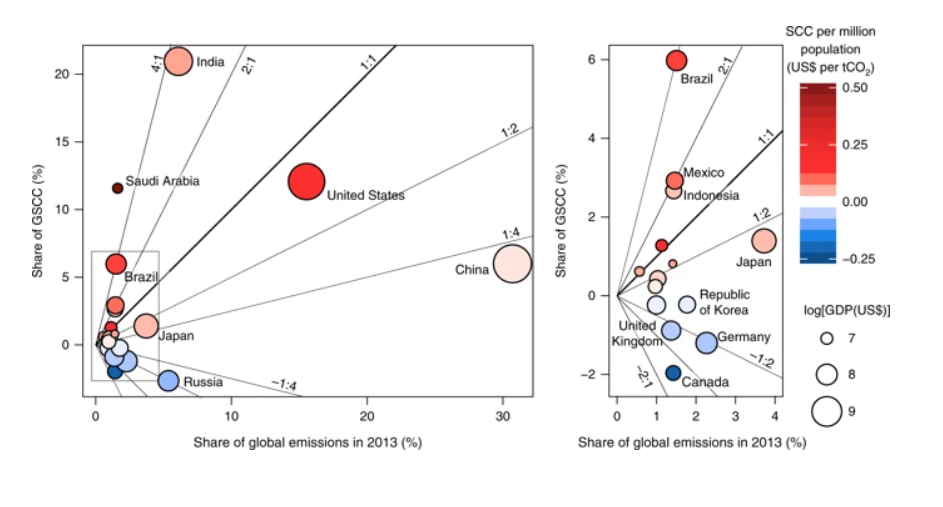
The chart also highlights why a global SCC is needed, and that we must tackle climate change together, as a global society.
You can find out more about the Social Cost of carbon from the Carbon Brief’s excellent explanation.



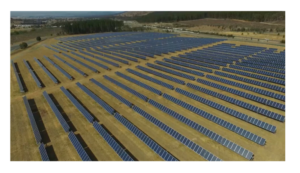
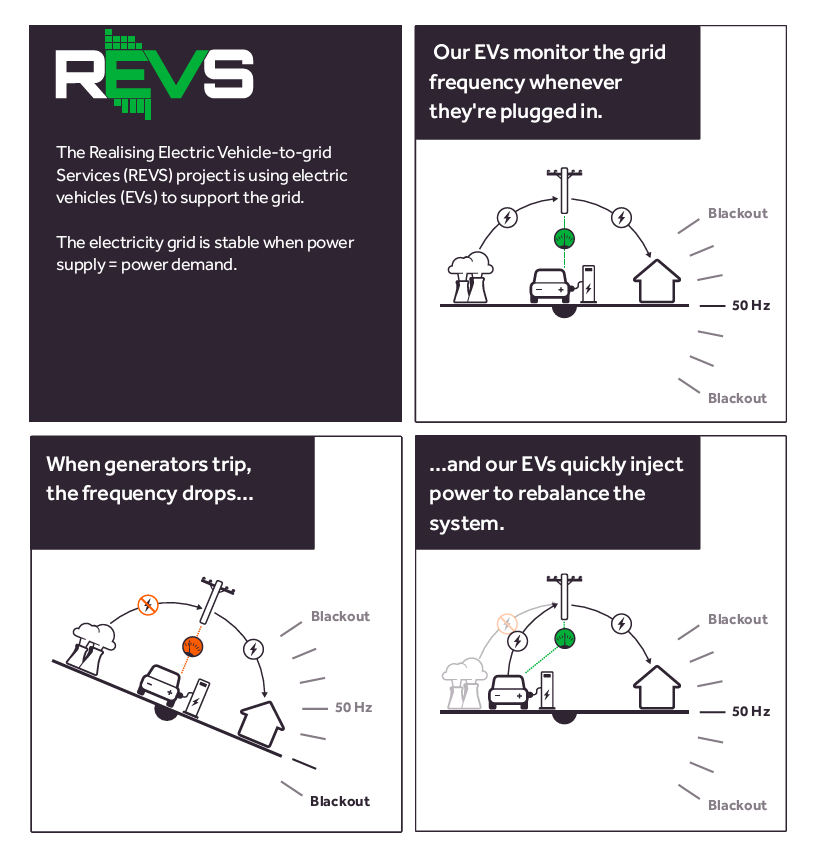
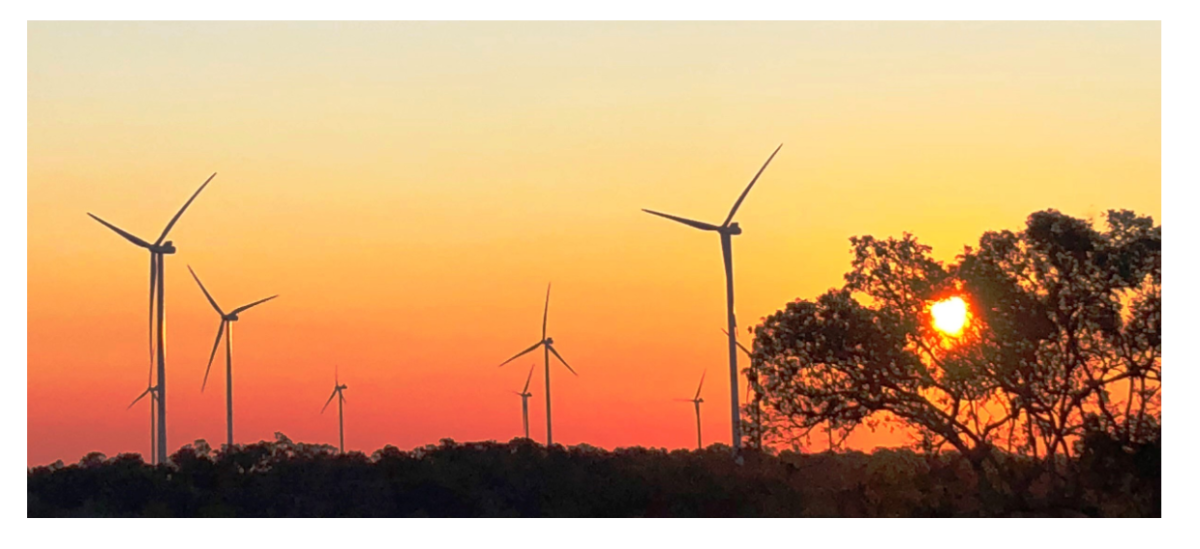
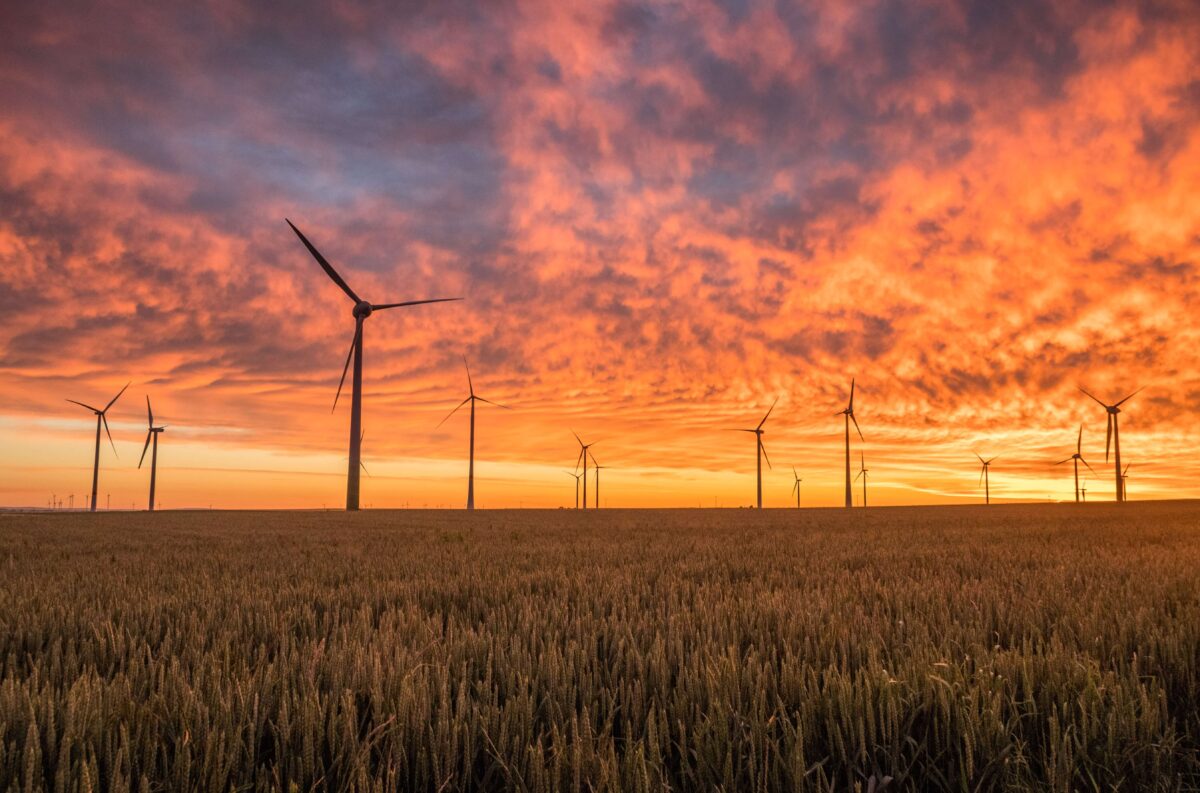
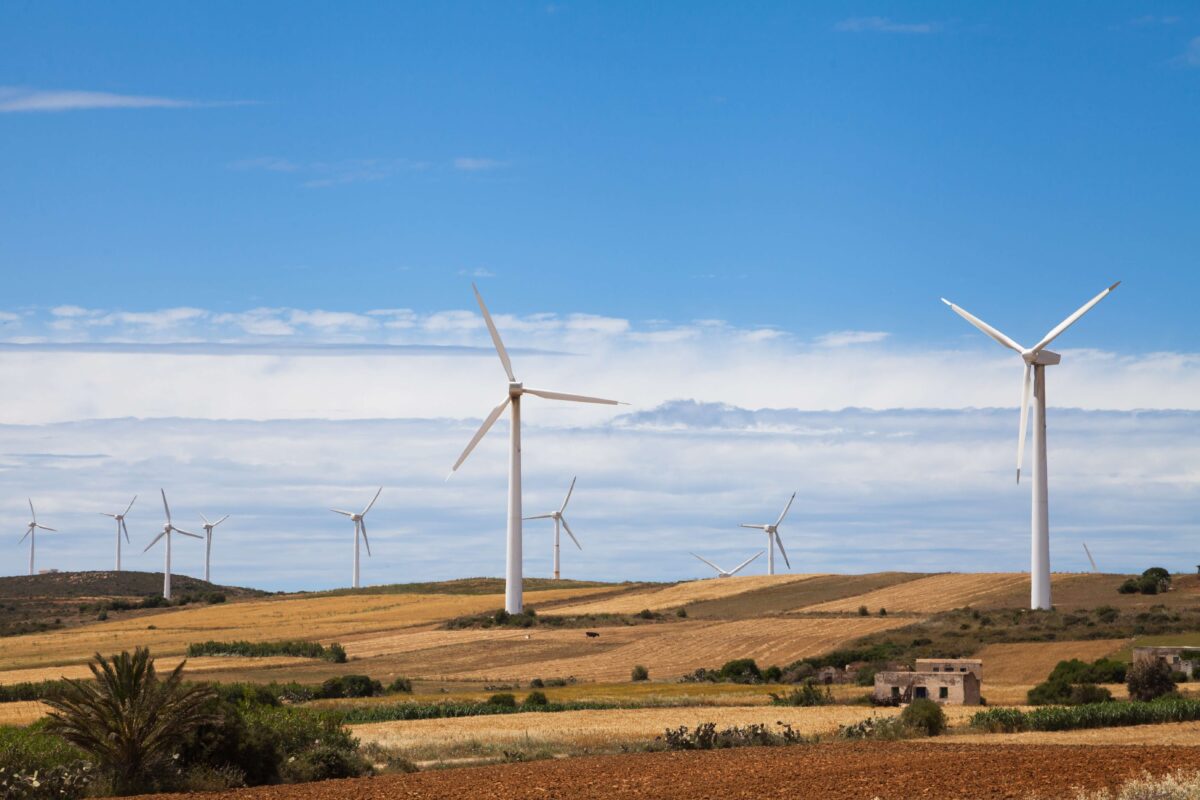
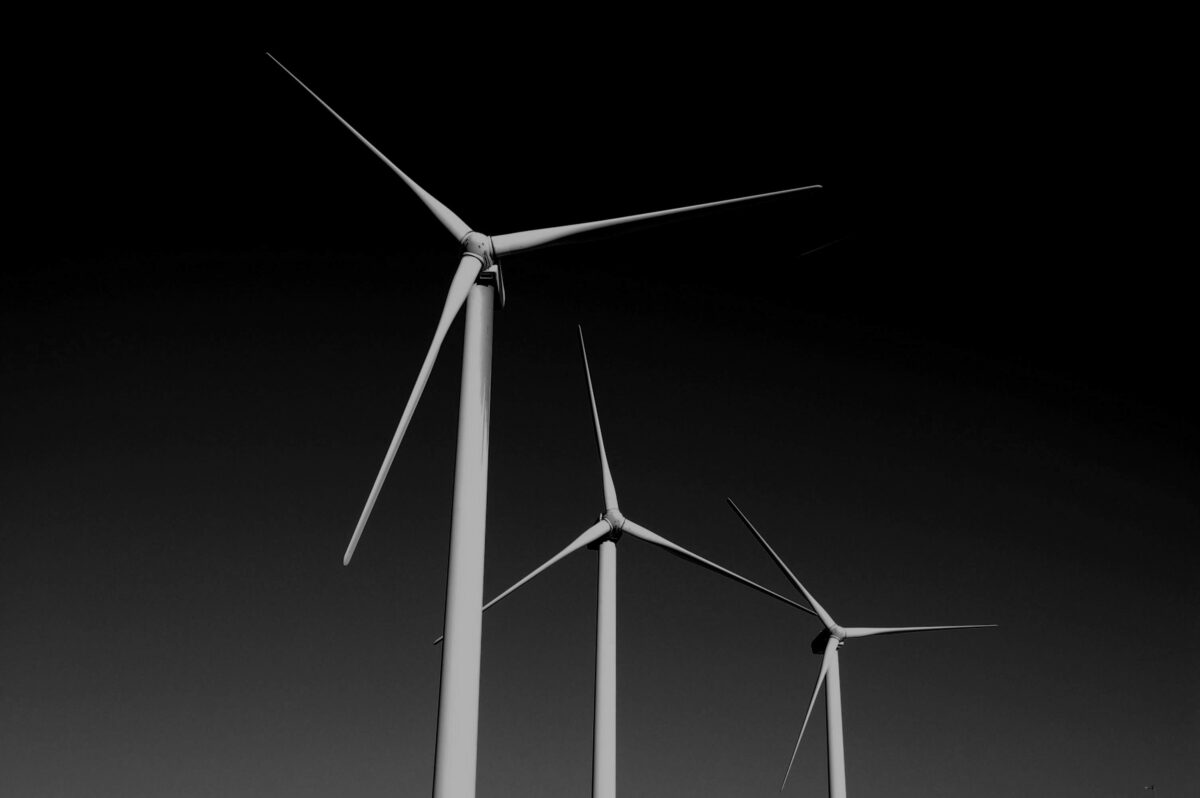
One thought on “July 2020: Latest stats, EV updates, Ofgem and Australian news!”
Comments are closed.